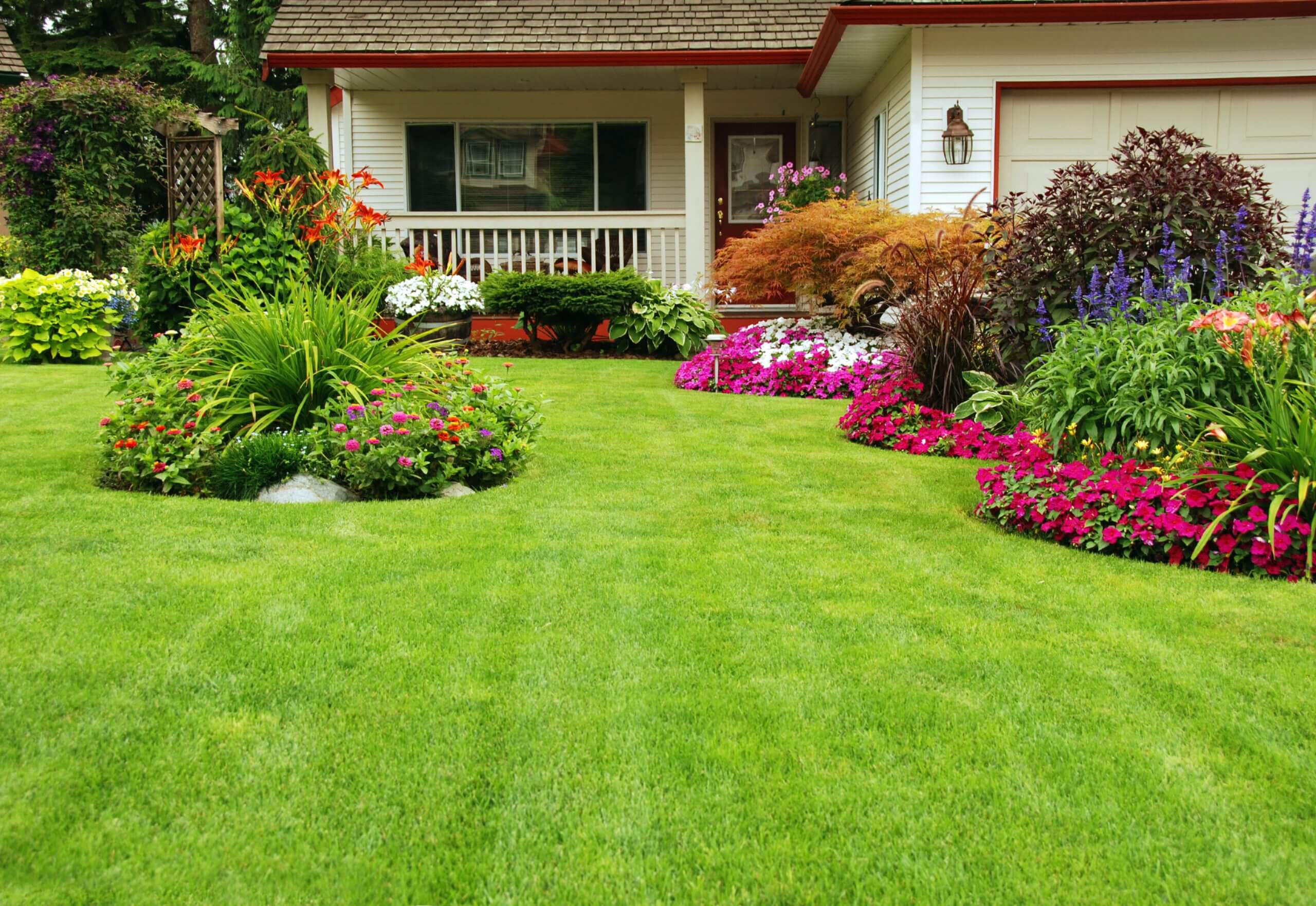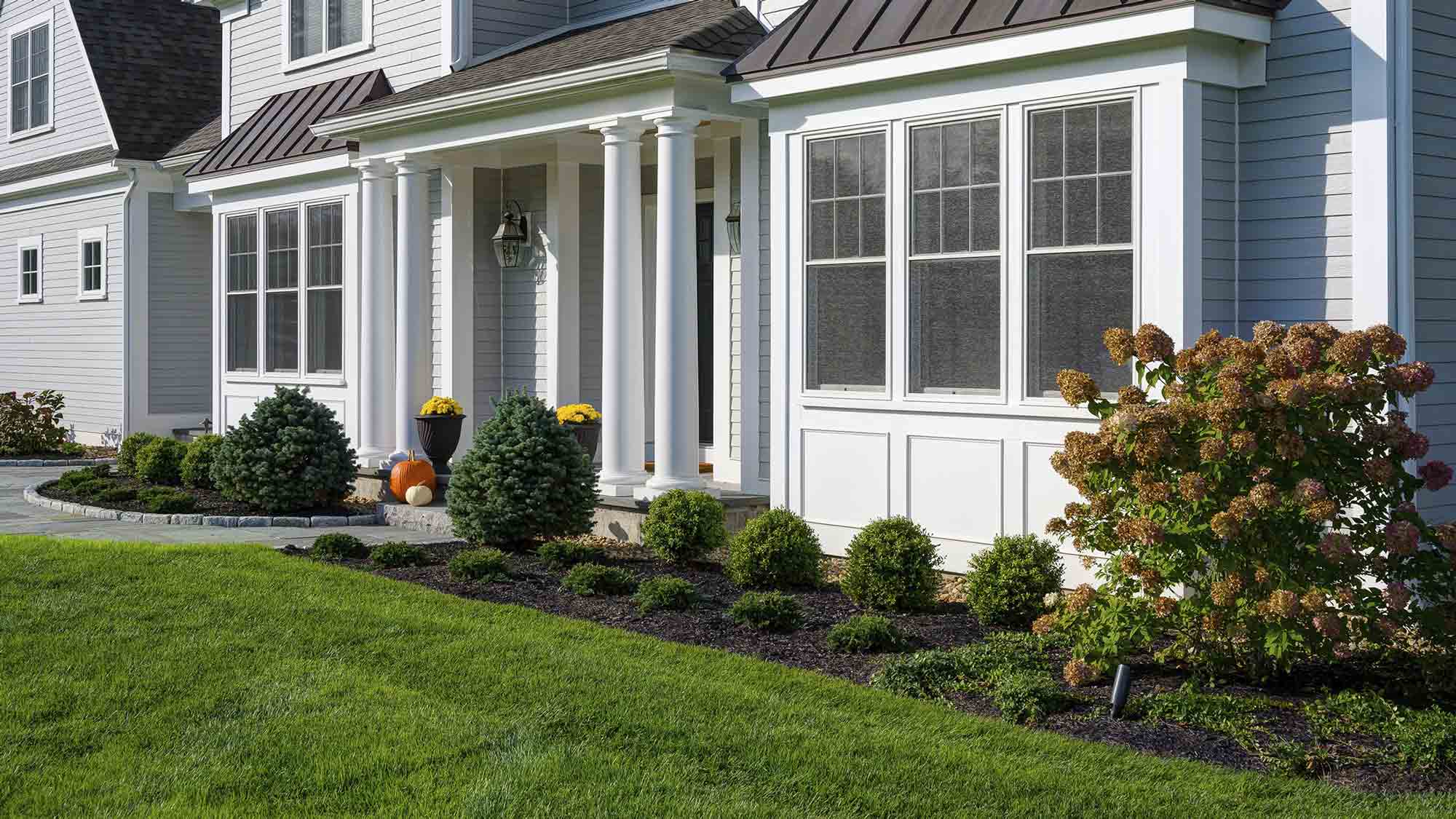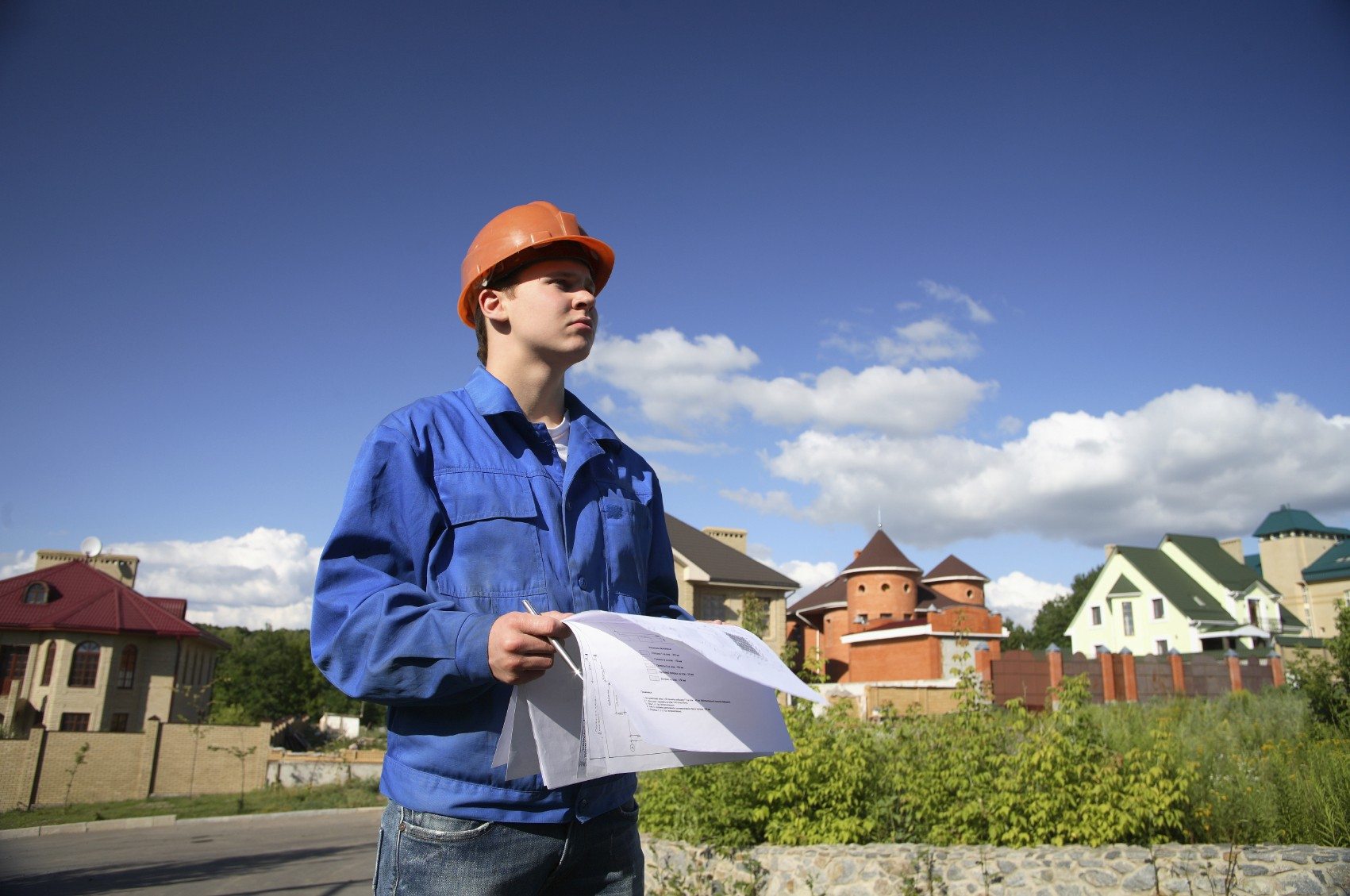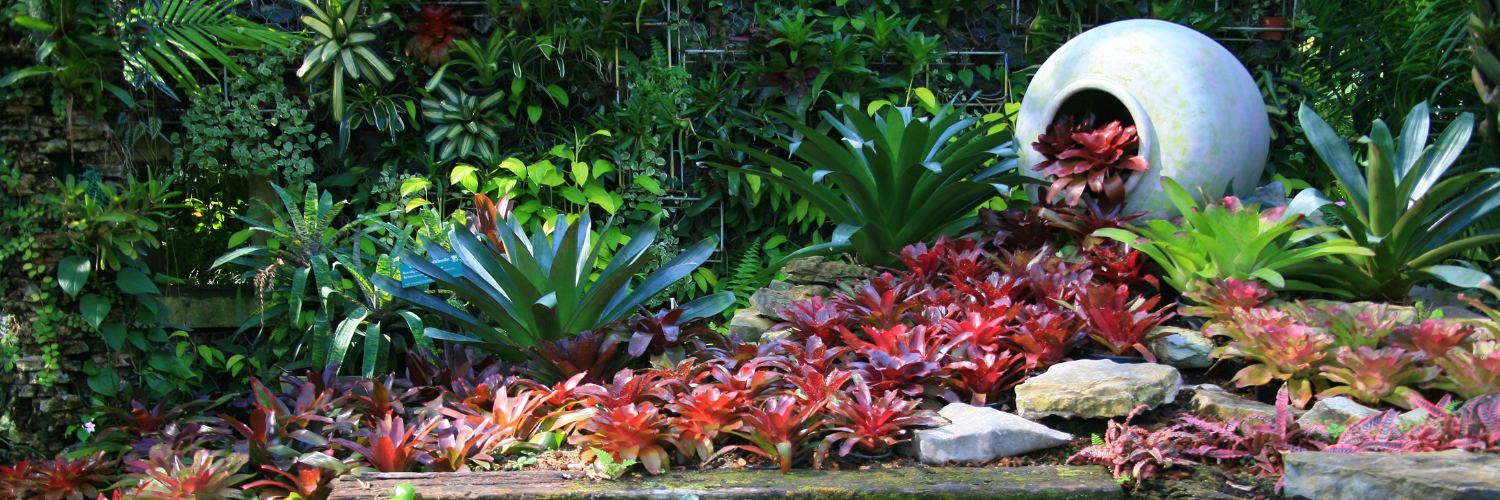A Biased View of Landscapers
Table of ContentsLandscapers Fundamentals ExplainedLandscapers - The FactsLittle Known Facts About Landscapers.Landscapers Fundamentals ExplainedGetting My Landscapers To Work
- A tree or bush (bush) that sheds its leaves in winter months. In the PNW there are semi-deciduous or semi-evergreen plants that may shed their leaves depending upon just how cold the winter months is. Abelia and some hebe are examples. Landscapers. - A level gathering area, constructed from wood or composite product (made to look like wood), commonly adjacent or affixed to a framework.

This is a natural procedure, and the result can be used for courses and patios. - Trick landscape features being recommended in a landscape design strategy.
Not known Facts About Landscapers
These goals direct the style procedure, not the developer's design or preferences. Common design goals in Portland are reduced upkeep, dry spell forgiving, and pet pleasant.
However, over time this layer can get extremely thick and make it tough for water, sunlight, and nutrients to reach sections of the lawn.- The process of collecting and regulating the circulation of water on a home. This can be done with grading, French drains, dry wells, absorptive surface areas, sump pump, rainfall yards, and a lot more.
Properties at the bottom of hills, with all-natural springtimes, or filled with hefty clay have the most drainage problems.- A slow-moving feeding watering system that makes use of adaptable tubes and emitters to send an accurate amount of water to each plant. This is one of the most efficient method of watering plants. - The capability of a plant to make it through without much summertime water.
- A yard feature where water is stood for by an accumulated stone item, generally a crushed rock or granite. These are most typically found in modern-day and Japanese garden design.- A rock or flagstone patio area, path, or walkway constructed without a concrete base. The base would be compressed crushed rock and the joints would be an accumulation or walkable ground cover.
The Facts About Landscapers Uncovered
- A stone maintaining or cost-free standing wall surface constructed without making use of mortar. A highly competent mason is needed for a completely dry pile rock wall surface. The majority of wall surfaces in Rose city are moist piled, also if they show up to be. - A below ground framework that accumulate water and permits it to reduce percolate right into the dirt around it.
Landscape layout that is suitable with a sites' environment in both appearance and sustainability without negative influences to the setting. Bordering in the landscape is a line of separation that creates aesthetic rate of interest in the garden by separating one sector from an additional section. This can be aesthetic or functional, maintaining one component (such as pea crushed rock) from getting mixed right into an additional (like bark dirt).
Locations can also have a sensation of "enclosure" given by trees, other growings, fences, or screens. The landscape near the access to a building.
A plant that is foreign to the place where it will certainly be planted. Not all "exotics" are intrusive or damaging, and many can be well behaved or dry spell tolerant (Landscapers). A mass growing of brushes. Thicker bladed turf yard that spread by means of rhizomes.: The level of dirt on your property before bark dust or garden compost is spread.
Facts About Landscapers Revealed

The purpose, factor, or activity that an area anchor is be landscaped for. Room for expanding plants for seeing, consuming, or physical activity.
Rock product, either rounded or fractured, that is reasonably little- usually 1" or much less. Low plants that are allowed or urged to spread out over an area. Can describe any type of "hard" yard elements consisting of statuary or stones but the majority of frequently is used to describe paths, patio areas, and walls.: Height distinction between the degree of water in a pond (or the degree of the pump if it sits outside the fish pond) and the upper electrical outlet of water which affects efficiency of the water pump in gph (gallons per hour). Dense hedges or trees that develop a fencing, screen, or border.

9 Easy Facts About Landscapers Explained
A more relaxed yard controlled by bent instead than straight bed lines and a much less stiff structure. Conventional PNW landscapes are informal. A plant that spreads even more than wanted, or right into habitats where it does damage. Rose city has a checklist of invasive plants that ought to not be installed in landscapes because they can infect woodlands or waterways and be challenging to control.
Smart irrigation controller testimonials and recommendations here. 2-D making of the suggested irrigation system. additional hints Can consist of head positionings and protection, pipe sizing, GPM specifications, and materials required to install this system. An irrigation strategy is typically unnecessary for household homes but prevails for industrial projects. Accredited expert that creates landscapes, schooled in design and architecture along with in gardening.
The specialist who intends and develops landscape tasks, usually at a household or small business level with the major layout incentive on plantings. Landscape developers generally have much less education than Landscape Architects and are not certified. A finished landscape design, outlining all components for the new landscape. This typically takes the kind of a drawing on paper.
Calcium material utilized to elevate the pH in dirt, which will make it link less welcoming to moss. A water tight HDPE product used beneath fish ponds, streams and waterfalls in water attributes. Making use of many plantings of the exact same selection to load in an area in the landscape. This can lower maintenance and water use in the garden.